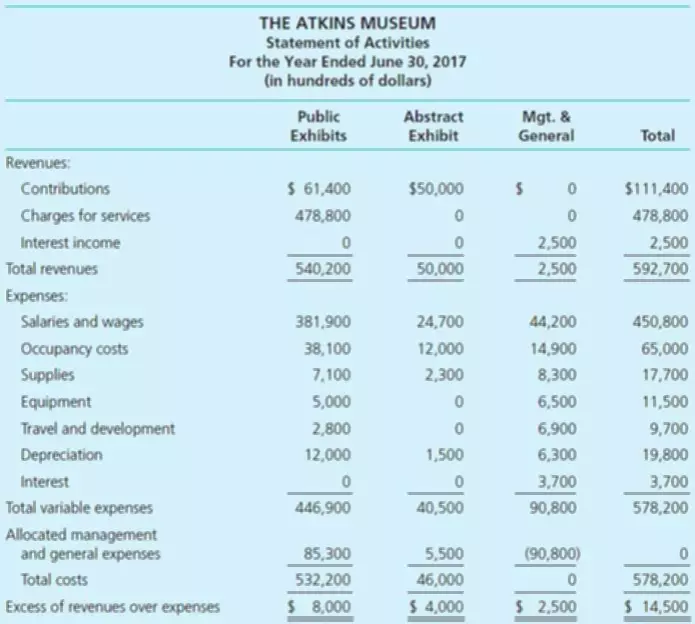Content

In the same way, all expense accounts are also transferred by crediting the expense accounts and debiting the income statement accounts. When the accounting period ends, all the expense accounts are closed when the debit balance transfers into the income statement. Then, inversely to revenue accounts, https://www.bookstime.com/ the expense accounts are credited to reset them with zero balance and debiting the final account. At the end of a period, all the income and expense accounts transfer their balances to the income summary account. The income summary account holds these balances until final closing entries are made.

The balances of the transferred amounts should match with the net income or loss for the year. The income summary account balance is then transferred to retained earnings or the capital account in the case of a sole proprietorship. The income summary account is recorded by debiting revenue accounts and crediting expense accounts. Income summary is prepared by transferring the credit balances of revenue accounts and closing them by debiting the revenue accounts and crediting the income summary accounts.
Income Summary Account
Balances from temporary accounts are shifted to the income summary account first to leave an audit trail for accountants to follow. Permanent accounts, on the other hand, track activities that extend beyond the current accounting period. They are housed on the balance sheet, a section of the financial statements that gives investors an indication of a company’s value, including its assets and liabilities. Likewise, an income summary account provides an accurate and reliable audit trail that shows a company’s net expenses as well as revenues for an accounting period. Once the net profit or loss is ascertained and transferred’ to the retained earnings, the income summary account being a temporary account cease to exist having served its purpose. Modern-day accounting software typically does the process of automatically debiting or crediting revenue and expense balances once the accounting period ends.
Then the income summary account is zeroed out and transfers its balance to the retained earnings (for corporations) or capital accounts (for partnerships). This transfers the income or loss from an income statement account to a balance sheet account. To update the balance https://www.bookstime.com/articles/income-summary-account in the owner’s capital account, accountants close revenue, expense, and drawing accounts at the end of each fiscal year or, occasionally, at the end of each accounting period. For this reason, these types of accounts are called temporary or nominal accounts.
Related Accounting Skills
The assumption is that all income from the company in one year is held onto for future use. Any funds that are not held onto incur an expense that reduces NI. One such expense that is determined at the end of the year is dividends. The last closing entry reduces the amount retained by the amount paid out to investors.